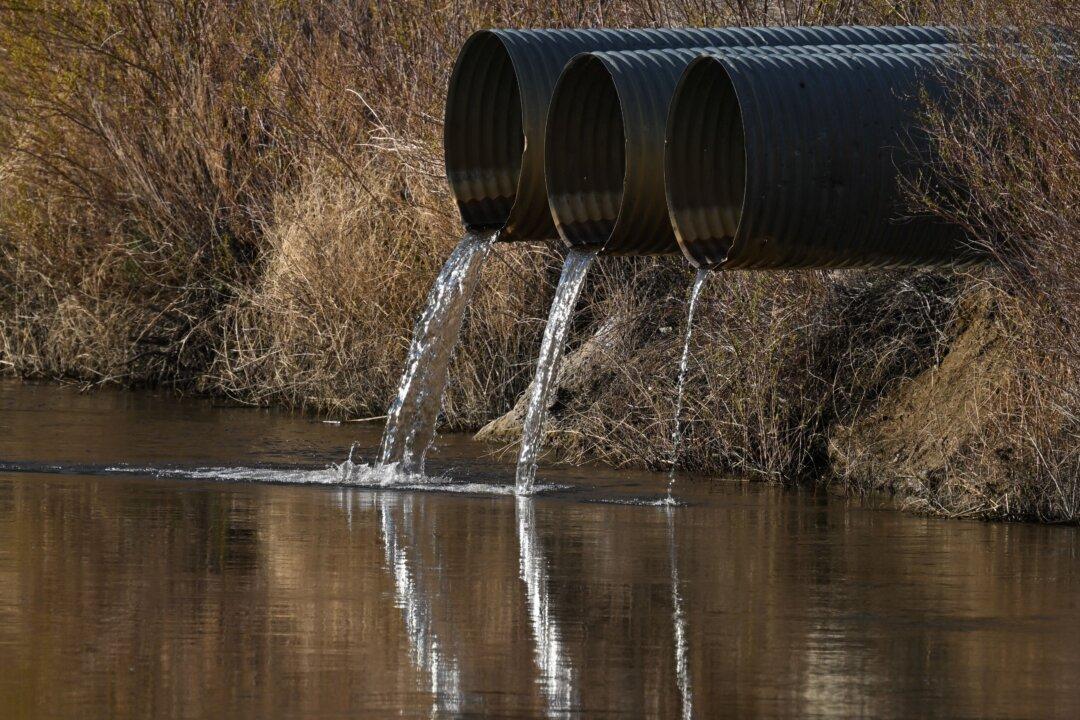State officials moved one step closer to developing a tunnel system that would provide more water to millions of people in the San Joaquin Delta in Northern California, and to some in the south, after the release of the final lengthy environmental impact report of the plan.
A 36-foot-wide tunnel, buried deep underground, would carry water for 45 miles from the Sierra Nevada mountains to the existing Bethany Reservoir in the Central Valley near the city of Tracy, which would then be pumped to residents, according to the proposal.





